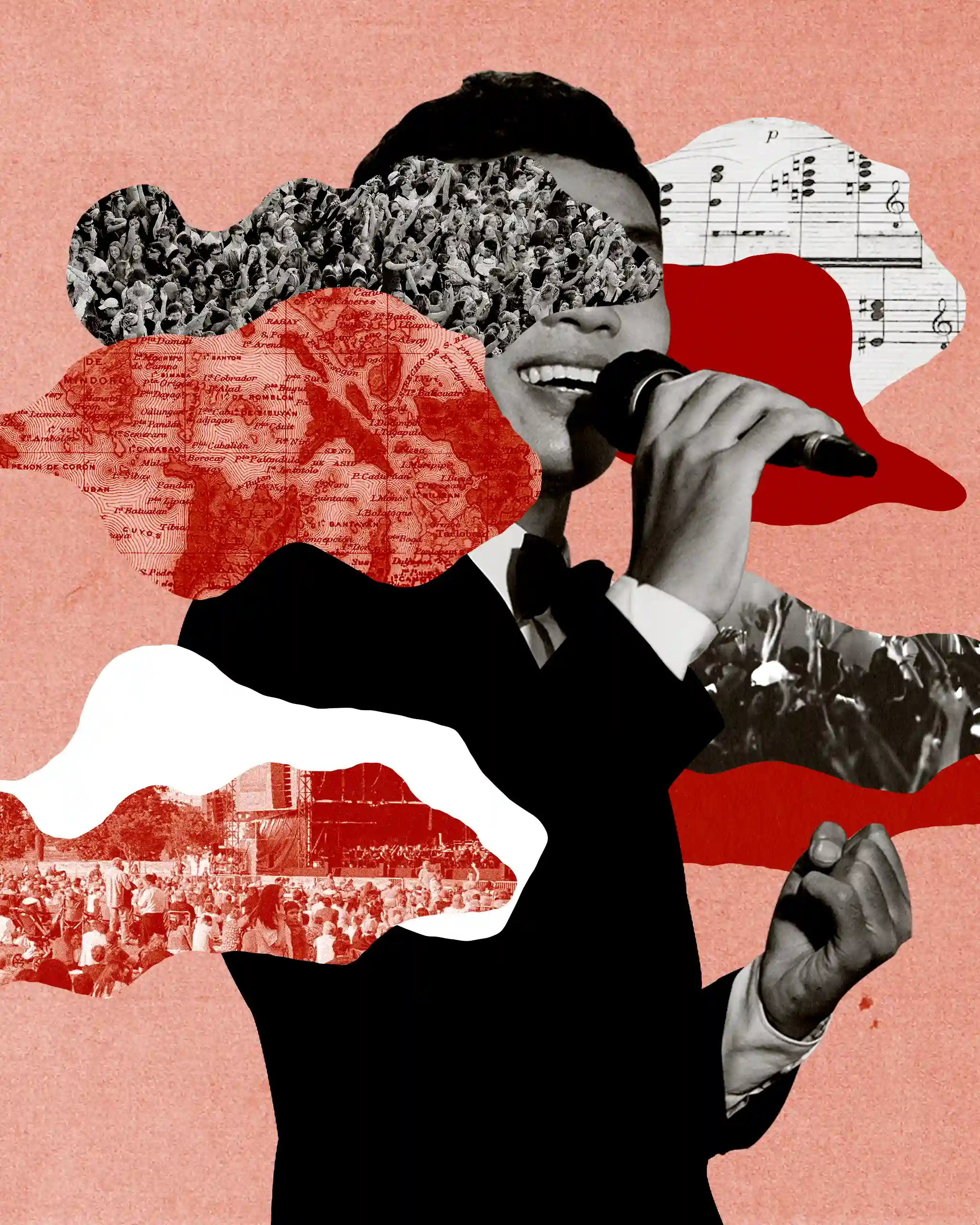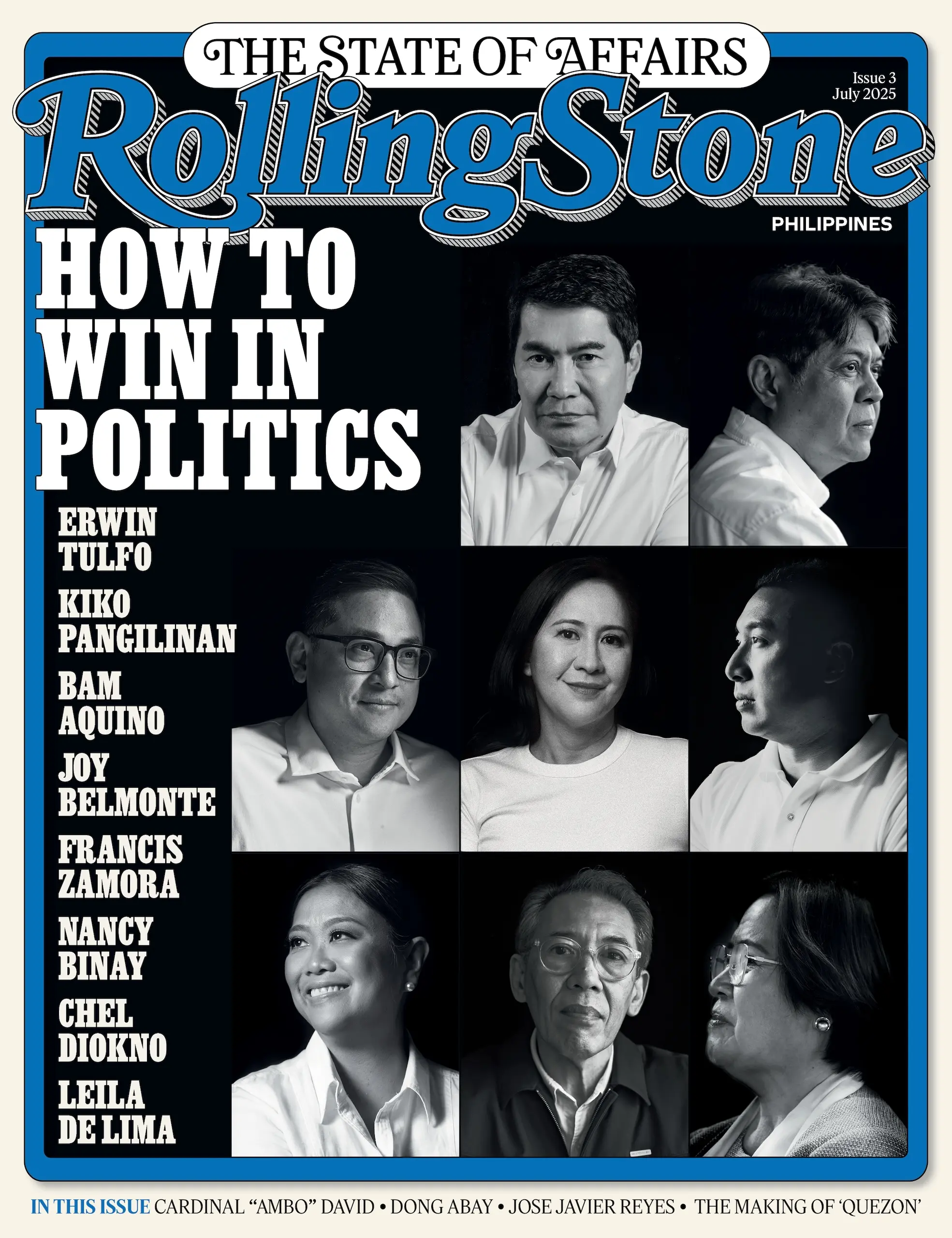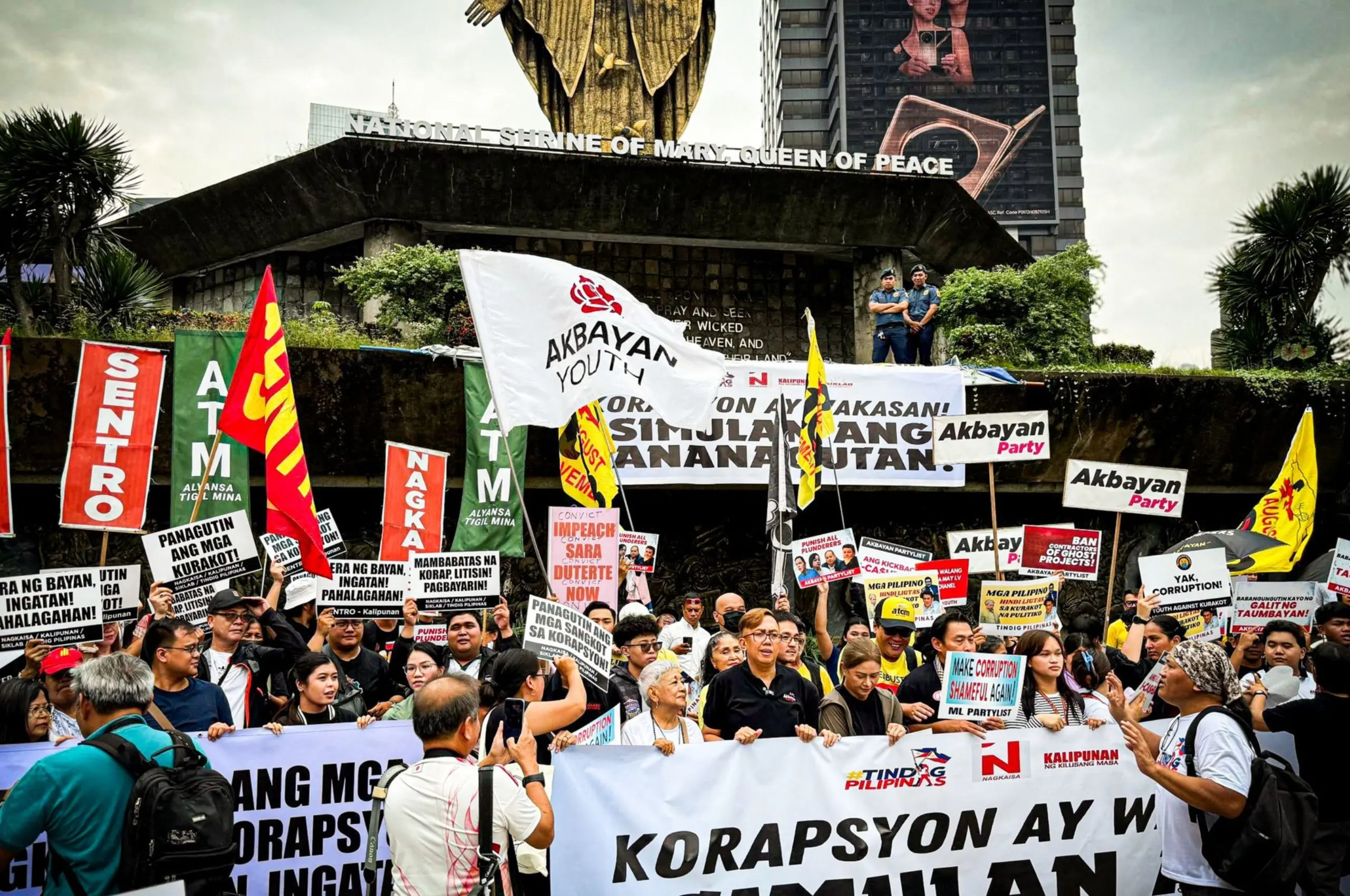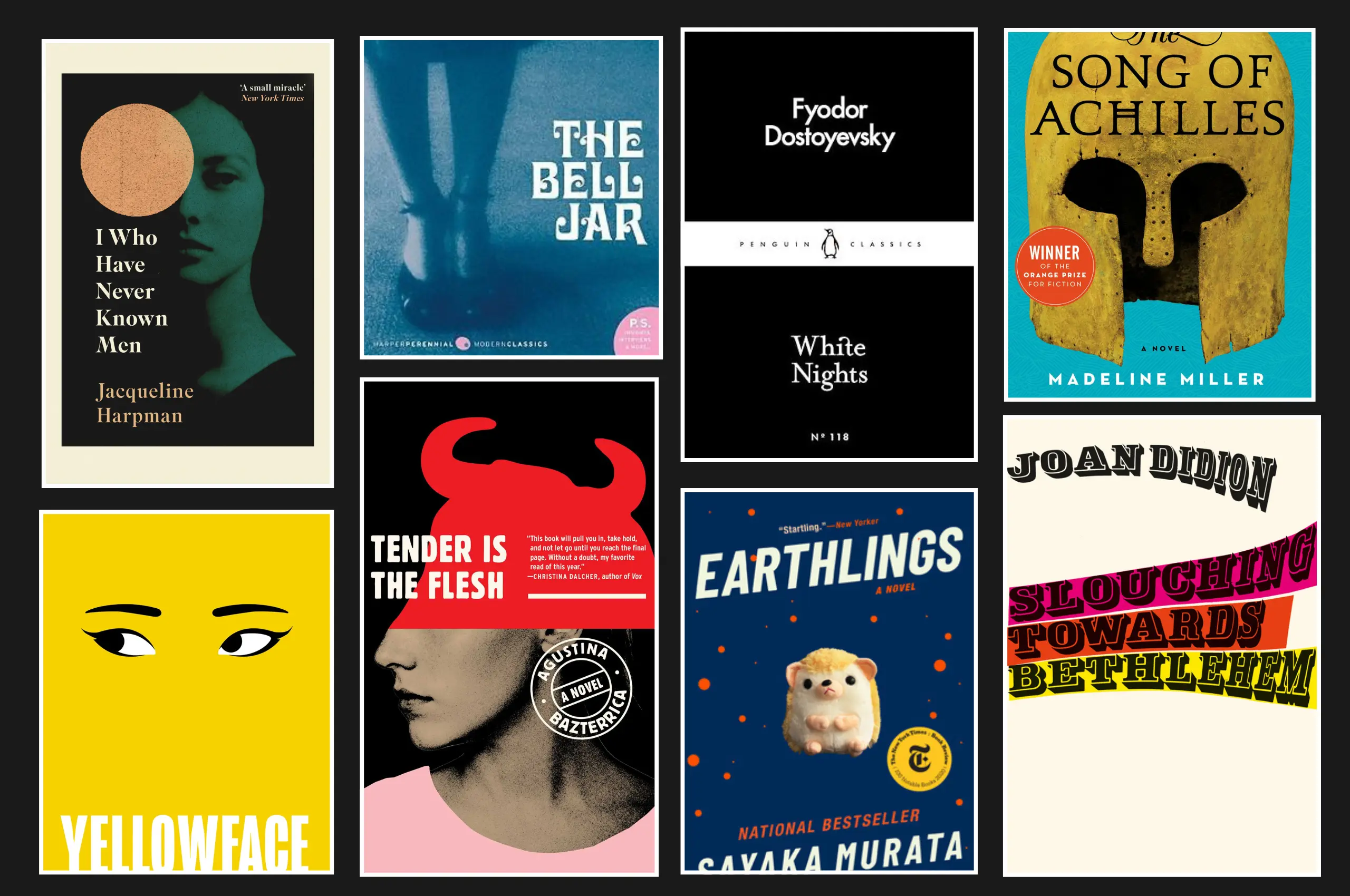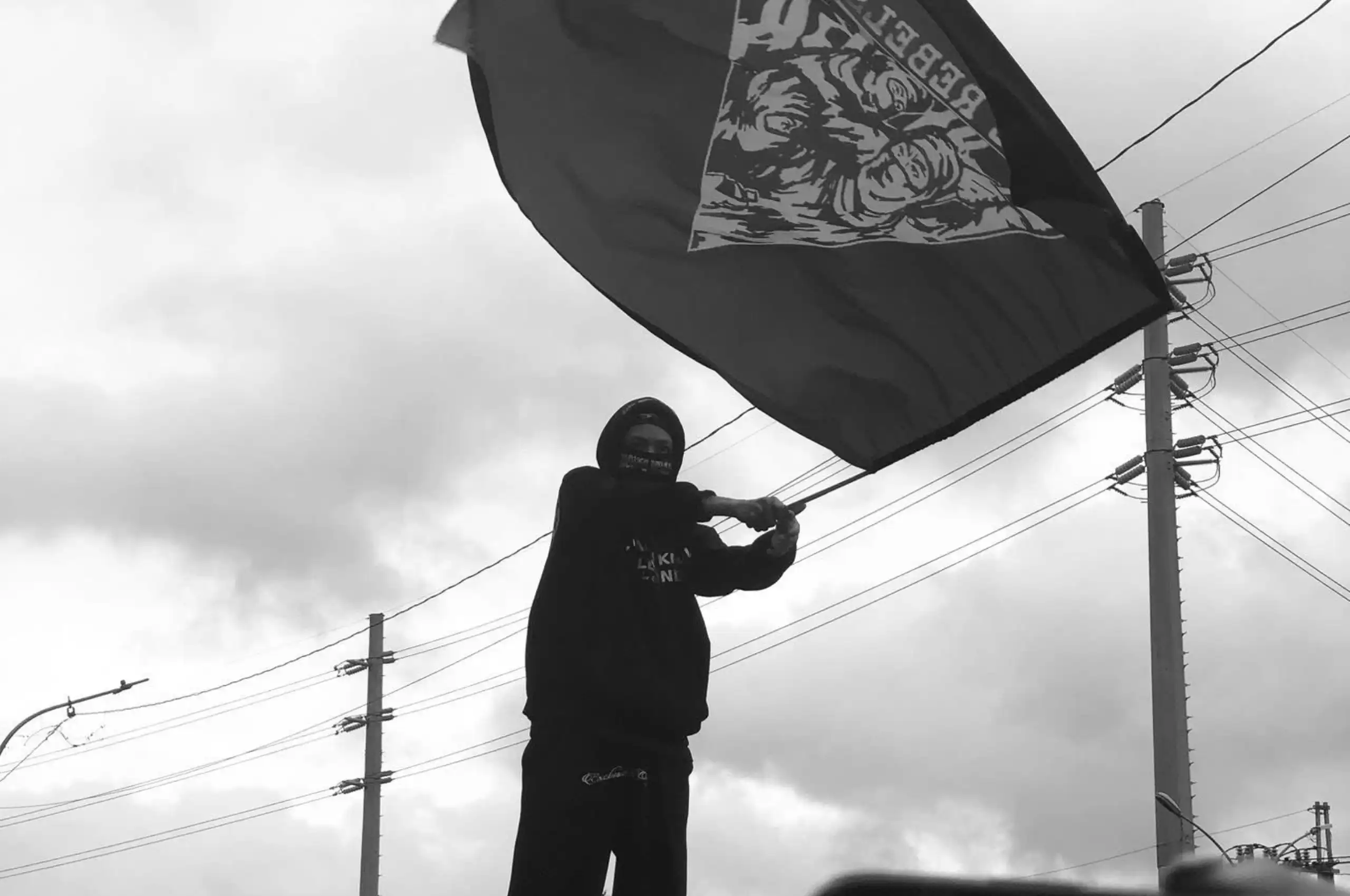The last five years of the post-pandemic era has seen Filipino artists appearing more frequently on international stages across Southeast Asia. Recent examples include acts like the Zack Tabudlo, One Click Straight, ena mori, Goodleaf, and DJ Love headlining festivals like the AXEAN Music Festival in Bali, Baybeats Festival in Singapore, 88rising’s Road to FAM in Bangkok, and Wonderfruit Festival in Pattaya.
While increased visibility is a sign of regional recognition, many Filipino artists working independently continue to rely on personal networks and self-fundraising to make these performances possible. For signed Filipino artists, making sense of such a saturated music market — especially with powerhouses like Thailand or South Korea whose music infrastructures are backed by both the public and private sector — remains a steep learning curve. Sure, any form of exposure helps Filipino artists break into new audiences, but the economic realities reveal how costly “going global” still is for local musicians.
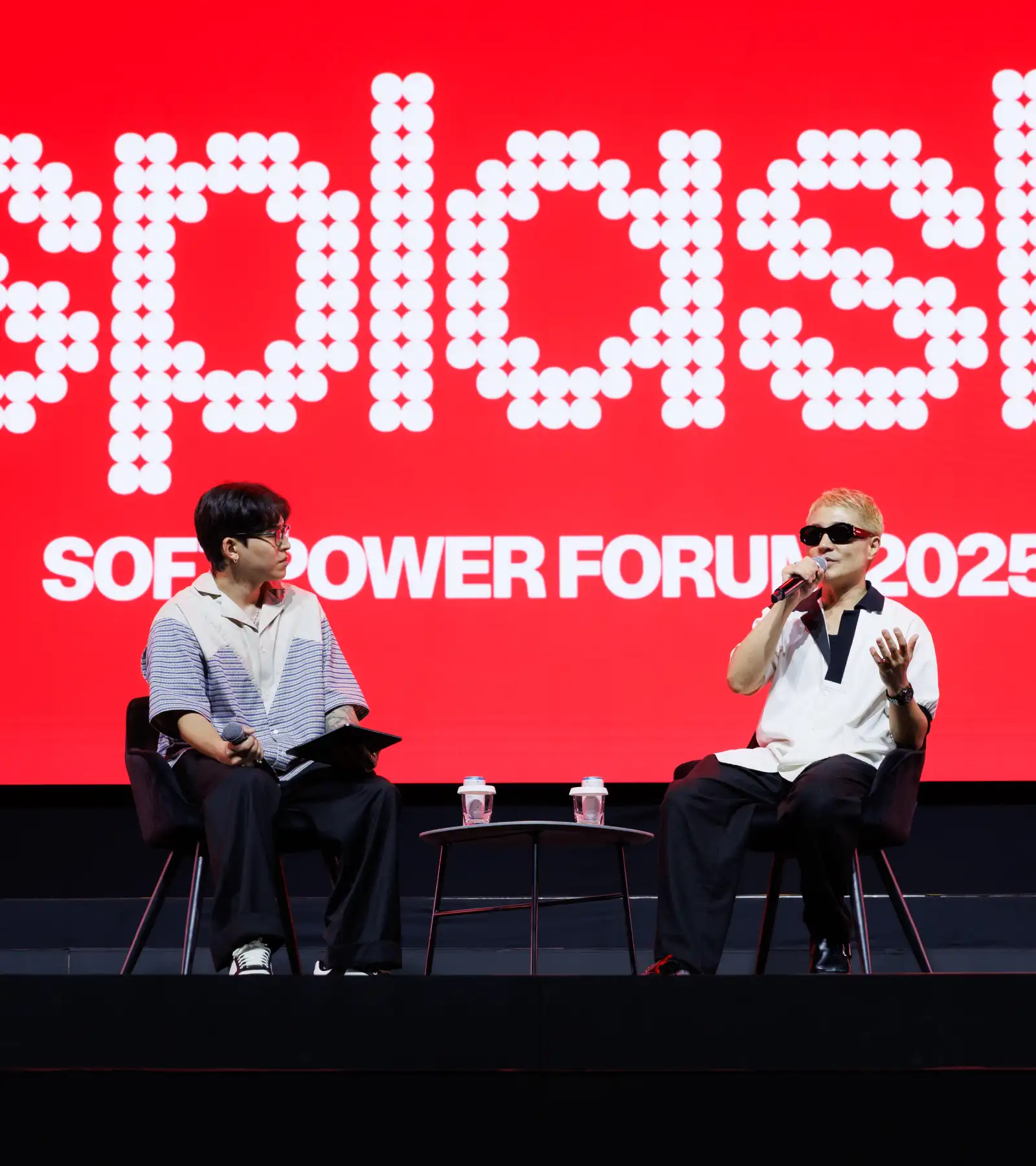
Last July 11, the 2025 SPLASH Soft Power Forum, led by the Thailand Creative Culture Agency (THACCA), at the Sirikit National Convention Center, Bangkok, showcased the vast subcultures of Thailand — from beauty, fashion and wellness, to boxing and music. One panel discussion, titled “Creativity is Currency,” was co-hosted by 88rising creative director Dani Chae, plus M-Flo and Teriyaki Boyz member Verbal, who also co-founded the fashion label AMBUSH. The discussion centered on how Asian creatives could expand their practice and push their culture forward without compromising their identity.
“When I was a kid … I was like, ‘Why am I different from everyone?’” Verbal recalls. “‘How come I’m not fully American or fully Japanese?’ But I guess that’s what makes you special.”
That kind of range was visible even in how he built AMBUSH with his wife and business partner Yoon Ahn, a South Korean fashion designer. They began making jewelry for friends. Then suddenly, some of the world’s biggest artists wore it, including Pharrell and Kanye West. Before Verbal and Ahn knew it, their brand was going global. Verbal’s biggest takeaway wasn’t about tactics, but about mindset. Trends shift, algorithms glitch, markets evolve. What stays constant is how you approach the work. Towards the end of the panel, Chae discussed how Southeast Asian artists can grow their careers without falling into the trap of chasing Western approval.
“Don’t try to copy what’s already popular. By the time you copy it, it’s already old,” he says. “Focus on what makes you different. Maybe you grew up in the countryside and you’re embarrassed by it. But that’s your story. That’s your unique flavor. Own it. If you’re honest about your story, people will feel it.”
Stick to Your Roots
For many creatives, the challenge isn’t just about visibility. It’s about being understood on their own terms, without needing to explain themselves or play into expectations shaped elsewhere.
For Lorenzo Landicho, creative director of Eastern Margins, a London-based label and collective, their role isn’t to define what Filipino or Southeast Asian artists should be, but to protect the space for them to define it themselves.
“I don’t buy into the trope that when you leave to the Philippines, you stop being Filipino,” he tells Rolling Stone Philippines. “People might see me and recognize I’m Filipino, but the way I carry myself doesn’t feel local. That doesn’t make me any less Filipino. Identities are nuanced. London taught me that. Everyone’s from everywhere. You can build your own path for yourself and others.”
Filipino artists don’t need to manufacture stories or symbols to gain attention. Their experiences, shaped by hybrid cultures, geographic shifts, and internal questions of identity, are already enough. What’s missing, and what the panel in the SPLASH forum helped unpack, is the infrastructure to support those stories as they are, and not necessarily having to fit neatly into the global mainstream.
“I think as we globalize more through social media and the internet, people are starting to see the differences between East and Southeast Asian culture,” he says. “That only happens if we keep being ourselves [and] not try to do things that aren’t us.”
Where Representation Leads To
Audry Dionisio, general manager of Manila-based label Offshore Music, underscored this point. Filipinos reclaiming their own visual and sonic identity is essential, as is building a community in the process. Dionisio stresses that artists should root themselves in their own surroundings — literally, in a geographical sense — to capture their cultural essence in their work.
“Being visible is the first step, naturally, but being understood without compromise is the deeper goal,” she says. “For a Filipino artist, that means somewhat rejecting the pressure to fit the narrative into neat boxes.”
She added that representation without support often leads to frustration rather than progress, with sponsorships barely covering the costs of travel. Filipino-born artists, Dionsio says, deserve better opportunities to share their talent and work on the world stage. “We need solidarity that isn’t just symbolic, but structural: Cross-country collaborations, resource sharing and the refusal to compete for scraps from a global table that wasn’t set with us in mind. Most of all, the mindset needs to shift.”
The next stage for Filipino music in Southeast Asia will hinge on continuing to build more sustainable systems that match the ambition and talent already present. While it may seem redundant to raise the issue of artists exhausting personal resources, along with the gaps in funding and logistical support, it remains a persistent problem that has yet to be satisfactorily addressed. Even as Filipino artists expand their presence globally, fostering independent networks like venues and artist communities into a formalized system of private sponsors and public institutions will not only provide stability, but ensure the longevity of Filipino talent across place and time.
What is equally important is the cultivation of regional alliances alongside Southeast Asian peers who face similar structural challenges to exchange resources, audiences, and opportunities on more equal terms. And as more artists carry their stories to foreign stages, the focus must remain on cultural integrity, ensuring that global reach does not come at the expense of artistic identity.
“We need to stop waiting for us to be invited in, and start building the house ourselves.” Dionisio says.
